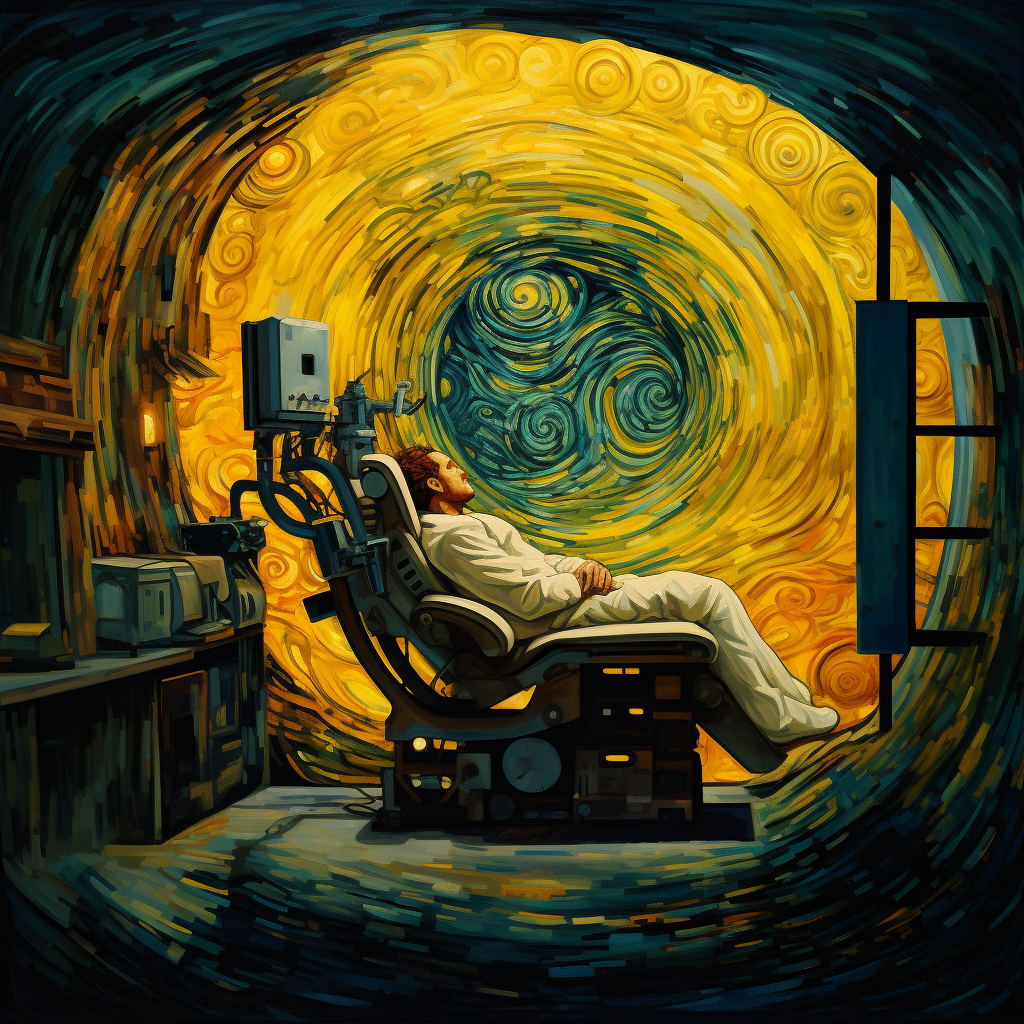On the sixth day of our science advent, we would like to talk about a debunked concept in neuroscience. The purpose of this prompt and of science debunking, in general, is not to make fun of how scientists in the past got things so wrong and how we’re so much smarter now. The point of these discussions is to highlight the fact that, even with the best intentions in mind, evidence and data at any given time can be incomplete and/or misinterpreted. And that it is important to always keep an open mind and reassess theories should new evidence come to light.
Side note: I can foresee how this will be taken out of context, so let me clarify. It doesn’t mean that all or even most currently established theories are wrong. And we use “evidence” to refer to sound empirical evidence, not hearsay and random Google searches.
With that being said, let’s move on to our main topic. Learned helplessness is a term used to describe an acquired behaviour of giving up when repeatedly exposed to aversive stimuli. It was first observed in an experiment on dogs. In short, animals that had been repeatedly exposed to inescapable mild electric shocks simply waited these out later, even when they had the chance to escape them. From there, learned helplessness became a prominent idea in psychology, providing an explanation for how adverse life events lead to depression, as well as being considered as an important factor in other situations, such as abusive relationships.
I was introduced to this concept during my undergraduate studies. I remember being presented the experimental data based on which these conclusions were derived and it all made sense. By the time I became a student, neuroscience had entered the picture and learned helplessness was not just a psychological concept anymore. The role of neurotransmitters and the underlying neural circuits mediating this behaviour had begun to be mapped out already since the ’90s. In particular, the dorsal raphe nucleus, a structure in the brain which sends serotonergic projections to both the amydala and another structure involved in the fight/flight response, the periaqueductal gray, had been identified as a key player. Activation of this nucleus (and the subsequent increase in serotonin release) in inescapable shocks were shown to drive the passive response in learned helplessness.
But in recent years, new evidence came to light. Prompted by the question “but who tells the dorsal raphe nucleus that shocks are inescapable?”, researchers discovered that the ventromedial prefrontal cortex is the one that inhibits this nucleus. But it only does so in situations in which we perceive that we have control. In other words, the default state, driven by the dorsal raphe nucleus, is that of helplessness or passivity. And it’s only in situations where we think that investment of resources is worthwhile that part of our prefrontal cortex tells the dorsal raphe nucleus to chill and let us do something about it. In this context, it’s not helplessness that is learned, but control.
Building on this, we can easily construct an explanation for why cognitive behavioural therapy, and in particular reappraisal, are so effective. It’s because they are teaching to reframe situations and recognize the things we can control, likely in a manner that makes the ventromedial prefrontal cortex control downstream regions.
In the end, this story has a happy ending. Even though the theory needed to be readjusted in light of new evidence, research conducted previous to that still provided useful information which could be integrated in the final picture. Still, there is one more lesson to derive from here. You see, part of the research team conducting the original studies on the topic and contributing to the idea that helplessness is learned are also the ones who, upon further investigation, realized they had gotten it backwards. And instead of dismissing this information and sweeping it under the rug because it did not agree with they previous hypothesis, these researchers accepted the news and wrote papers which informed the entire scientific community about it.
What did you think about this post? Let us know in the comments below.
And as always, don’t forget to follow us on Instagram, Mastodon or Facebook to stay up-to-date with our most recent posts.
You might also like:
Further reading
Maier, S. F., & Seligman, M. E. (2016). Learned helplessness at fifty: Insights from neuroscience. Psychological review, 123(4), 349.





Leave a Reply